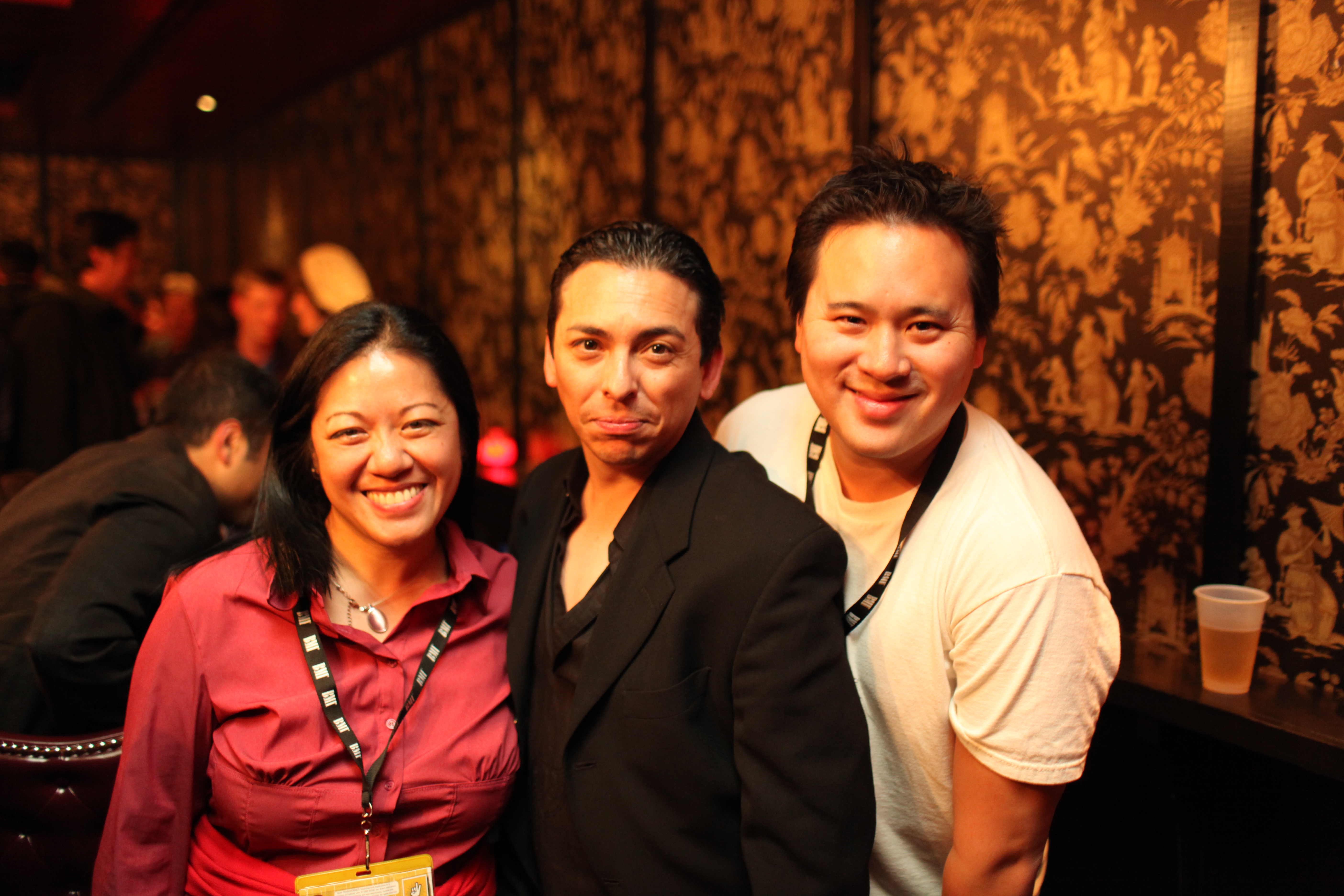Paul Mabray is the chief strategy officer for the wine industry digital think tank, Vintank. Paul is a 17 year veteran in the wine industry and is a regular speaker and blogger.
The race is on. Everyone is endeavoring to decipher the Rosetta Stone that is Social Media. Unfortunately, by definition the medium is multi-dimensional and the real applications of social media range from customer support & communication, content distribution, sales, marketing, PR, business intelligence and well beyond. With all these facets to consider, is it any wonder that there is no silver bullet?
However, a certain segment of industries are positioned to be better served by this medium. Experiential products clearly stand to benefit more from social media.
Why? Because social media is fundamentally a channel for sharing and it is inherently human nature to share our experiences. How many people really enjoy talking about soap? Pencils? Dishwashers? Of course, there is dialogue about these types of products (most of them relate to the buying experience or the quality, or lack thereof, about the product) Yes, it is possible to create campaigns to artificially stimulate dialogue about a brand or product. However, the interaction that occur as a result of natural engagement are more relevant, meaningful, and enduring. In essence, industries that offer meaningful experiences like wine, food, restaurants, travel, software, and entertainment are natural conduits for conversations that occur on the web. People enjoy sharing their personal stories and experiences related to these products. They are vocal and they are prolific. For example, the wine industry and the specialized site Cellartracker.com. With 140K users this single site has generated 1.8 million conversations about wine. In fact, in 2010 social media sites generated over 13 million conversations about wine by 3 million online profiles. KAPOW!
A recent article citing research from IBM suggests that SM consumers do not want intimate relationships with Brands. This report states that they are primarily looking for tangible benefits from a relationship (discounts, commerce) and they rank “feeling connected” and “part of the community” far lower. This is not unexpected for traditional retail and non- experiential products. Do we really want to feel part of the Best Buy community? Is it important for us to feel part of the Amazon tribe? How deeply do we really want to be related to Skittles?
Experiential products allow us to feel emotionally attached and we DO want to be “connected” to these brands--- and as a result we are more passionate and vocal about them. Whether it is a restaurant that has created a memorable experience, a wine that we love, a rock band, a movie, video game, or even a software platform (that’s why companies have dedicated UEX departments) we DO crave more of a relationship with those products. Equally as important, there is always a very active “prosumer” base that evangelizes and helps spread the message to more and more potential consumers. These voices are the true influencers in the ecosphere that prostelyze for the brand allowing these brands to be “discovered” via social media through sharing, commenting in forums, “Liking”, and retweeting. They are also prolific about creating content and messages to help influence potential new customers buying decisions.
Need proof ? Just look at a company that transcends product and focuses on experience: Apple. How many blog posts, tweets, Facebook posts do you see about their products?
Want other examples?
Check out the volume of comments and user generated content for the game BioShock
Or the number of Tweets about Lady GaGa.
Or the activity on the Fan Page of the TV show The Walking Dead.
Or real experiences being shared on the Fan Page of Morton’s Steak House.
What is most relevant is the natural phenomenon that inspires people to want to authentically share stories about brands and products. There is no need for clever marketing campaigns, to create gimmicks to get your consumers to engage in your community, and no need to create contests to stimulate conversations.
Why is this important? The major transcendence of social media is how, who and where we get our information. My good friend Doug Cook (founder of Ablegrape.com and former director of search for Twitter) has an amazing saying, "search is the fiber that connects the web." He is absolutely correct. There is nothing you can't find on the web if you know what you are looking for. Whether it is the most obscure book or replacement part for your 1972 dishwasher, search engines can help you find anything. What search cannot help you do is discover. That is the role of Social Media. Seeing authentic (not artificially induced) comments (positive or negative) about brands from people we trust encourages us to explore. With non-experiential products, brands are almost forced to create gimmicks, marketing campaigns, or contests to stimulate conversation or engagement. With experiential products, this occurs naturally, without artificial stimulation, and authentically from within our own out networks. Social media is the human fiber for sharing and discovery.
The question is, no matter what kind of product you have, are you making it experiential?













